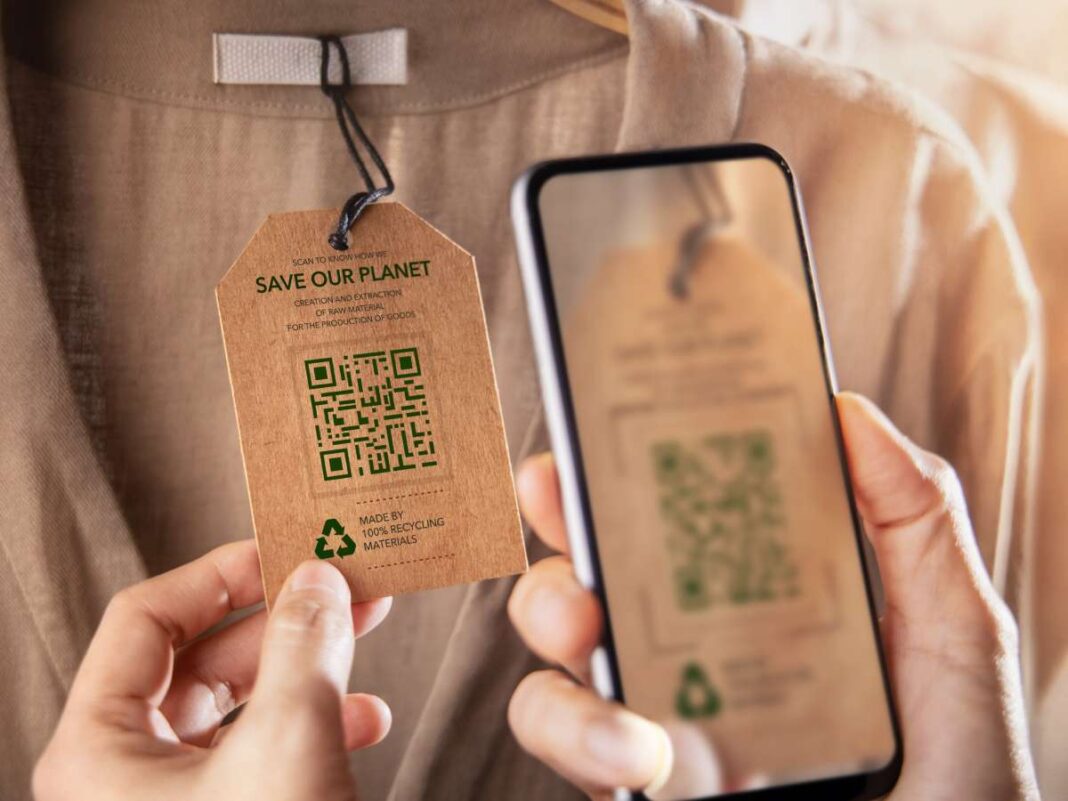In an era where fashion trends shift at lightning speed, the allure of fast fashion has captivated consumers worldwide. However, this rapid turnover of styles comes at a significant environmental and social cost. In recent years, more individuals are recognizing the impact of their wardrobe choices and are seeking ways to transition from fast fashion to sustainable style.
Understanding the Impact of Fast Fashion
Fast fashion brands mass-produce trendy garments quickly and affordably, promoting excessive consumption and waste. Americans discard nearly 34 billion pounds of clothing annually, much of which is synthetic and non-biodegradable, contributing to overflowing landfills and environmental pollution.
The Need for a Sustainable Wardrobe
The fashion industry significantly contributes to environmental harm, accounting for 28% of greenhouse gas emissions and 9% of microplastic pollution. Building a sustainable wardrobe is not just a trend but a necessity to reduce our ecological footprint and promote ethical practices.
Steps to Building a Conscious Wardrobe
1. Embrace the Capsule Wardrobe Concept
Introduced by Susie Faux in the 1970s, the capsule wardrobe focuses on simplicity, quality, and personal expression. It advocates for a curated collection of versatile, high-quality clothing. The aim is to mix and match different pieces to form various outfits, encouraging sustainability and mindful consumption.
2. Invest in Quality Over Quantity
Opt for durable, high-quality clothing that lasts longer over cheap, disposable items. Choosing well-made pieces reduces waste and promotes a minimalist lifestyle, ensuring each item in your wardrobe serves a purpose.
3. Support Ethical and Sustainable Brands
Seek out companies committed to sustainable practices and transparency. Beware of greenwashing, where brands falsely market themselves as eco-friendly. Verify their claims by checking certifications like OEKO-TEX or GOTS.
4. Shop Secondhand and Vintage
Utilize thrift stores or online platforms to shop for secondhand clothes. This reduces waste and gives clothing a new life. Vintage pieces add a unique flair to your style while supporting sustainability.
5. Upcycle and Repurpose
Get creative by transforming old clothing into new items. Upcycling is an innovative approach to reducing textile waste. Turn jeans into tote bags or t-shirts into crop tops to extend the life of your garments.
6. Repair and Maintain
Fix small damages like rips or missing buttons through tailoring or DIY sewing. Proper garment care significantly increases the lifespan of your clothes, reducing the need for replacements.
7. Participate in Clothing Swaps
Join swap circles to maintain an active wardrobe circulation. Exchanging clothes with others refreshes your wardrobe without contributing to waste.
8. Choose Sustainable Materials
Opt for clothing made from eco-friendly fabrics like organic cotton, linen, hemp, or recycled materials. Innovative textiles like pineapple leather and mushroom-based fabrics offer stylish and sustainable alternatives.
The Role of Technology and Innovation
Advancements like blockchain are ensuring supply chain transparency, allowing consumers to verify the ethical practices of brands. This innovation fosters trust and promotes accountability within the fashion industry.
Empowering Change Without Sacrificing Style
Sustainable fashion doesn’t mean forsaking style—it focuses on thoughtful decisions that reduce waste and benefit the planet. Consumers can transform personal fashion choices into a positive force for environmental protection by staying informed and making mindful purchases.
The Future of Fashion Retail
Retailers adapt by integrating eco-friendly collections, repair services, and recycling initiatives. This shift results in accessible shopping options like clothing rentals and secondhand boutiques, reinforcing sustainable choices as the new norm. Brands continuously innovate with sustainable materials, merging personal style with environmental responsibility.
Conclusion
Transitioning from fast fashion to sustainable style is a journey that involves conscious choices and a commitment to ethical practices. Building a conscious wardrobe enhances your style and contributes to a more sustainable and responsible fashion industry.

